Description
Many products have not been listed yet. For more products, please contact us
If the product model is inconsistent with the displayed image, the model shall prevail. Please contact us for specific product images, and we will arrange for photos to be taken and confirmed in the warehouse
We have 16 shared warehouses worldwide, so sometimes it may take several hours to accurately return to you. We apologize for any inconvenience caused. Of course, we will respond to your concerns as soon as possible.
3BSE029997R1 Other names:
Tension spare parts 3BSE029997R1
3BSE029997R1 tension controller
Tension system module 3BSE029997R1
3BSE029997R1 Tension Amplifier is an instrument specifically designed for measuring and amplifying the internal or surface tension of objects. It operates based on the principle of an electric bridge and consists of a circuit consisting of four resistors and a sensor. Sensors are usually strain gauges or pressure sensors that can detect the deformation or external force of an object.
When an object undergoes deformation or force, the resistance value of the sensor will undergo slight changes. These small changes can cause changes in the resistance value of the bridge, thereby affecting the magnitude of the voltage signal. In order to amplify the small changes in the sensor, it is necessary to adjust the bridge. In a tension amplifier, the positive and negative input terminals of the operational amplifier are connected to the connection points of the two central branches of the bridge, respectively. The output terminal of the operational amplifier is connected to a negative feedback resistor, and the other end of the resistor is connected to the negative input terminal of the operational amplifier. The resistance value of a negative feedback resistor is usually determined by the resistance value of the regulating resistor.
The 3BSE029997R1 tension amplifier is widely used in force measurement and control systems in engineering and scientific fields, and has the following main functions:
Material testing: In the testing of materials such as metal, plastic, and rubber, it is often necessary to use a tension amplifier to measure and record information such as tensile load, bending load, and compressive stress of the material.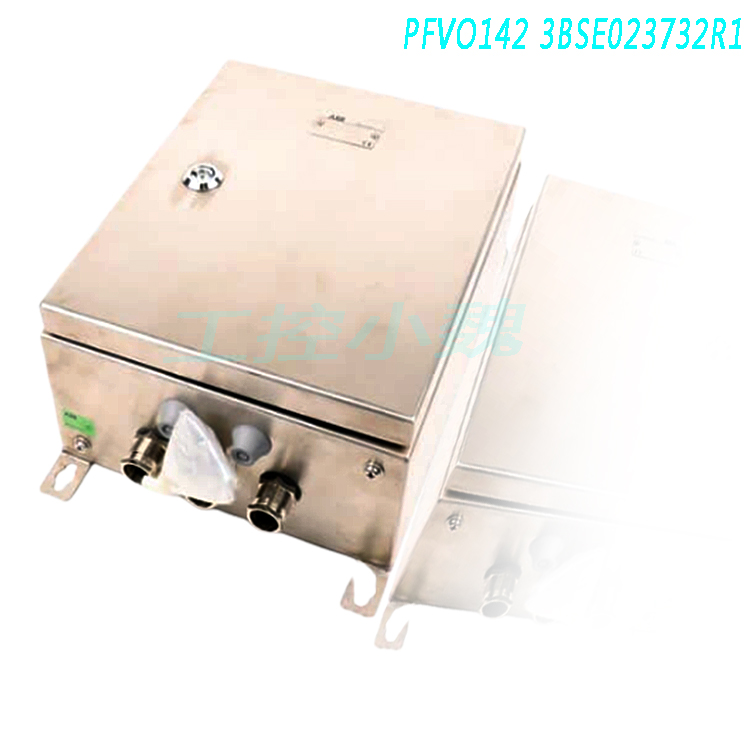
Medical health: In the medical field, 3BSE029997R1 tension amplifiers are also widely used. For example, when implanting plant stents in the body, tension amplifiers can help ensure uniform tension of the stent and help doctors evaluate the stability of the stent in the body.
Process control: During the manufacturing process, 3BSE029997R1 tension amplifier can help operators grasp important parameters of product production, so as to adjust the production process in a timely manner. For example, in the textile industry, tension amplifiers are applied to measure yarn tension to ensure consistency in the quality and size of the produced yarn.
In addition, when debugging equipment such as the transmission system of the coating machine, attention should be paid to avoiding exceeding the maximum tension that the tension amplifier can withstand, in order to prevent overload or abnormal vibration from occurring. At the same time, attention should also be paid to preventing equipment from being affected by external factors such as temperature changes and electromagnetic interference.
The use of 3BSE029997R1 tension amplifier mainly includes the following steps:
Check equipment and power supply: First, ensure that all equipment and power supply are functioning properly and connected to the correct power outlet. At the same time, check if the working environment meets the requirements to avoid affecting the smooth installation of the equipment.
Preparation for startup: Before starting up, make sure that all devices are wired properly and plug the power plug into a power outlet.
Connect the tension sensor: Connect the tension sensor to the corresponding device and secure the sensor with screws.
Starting the device: Press the power switch and the device will start, displaying “READY” and “100%” on the screen.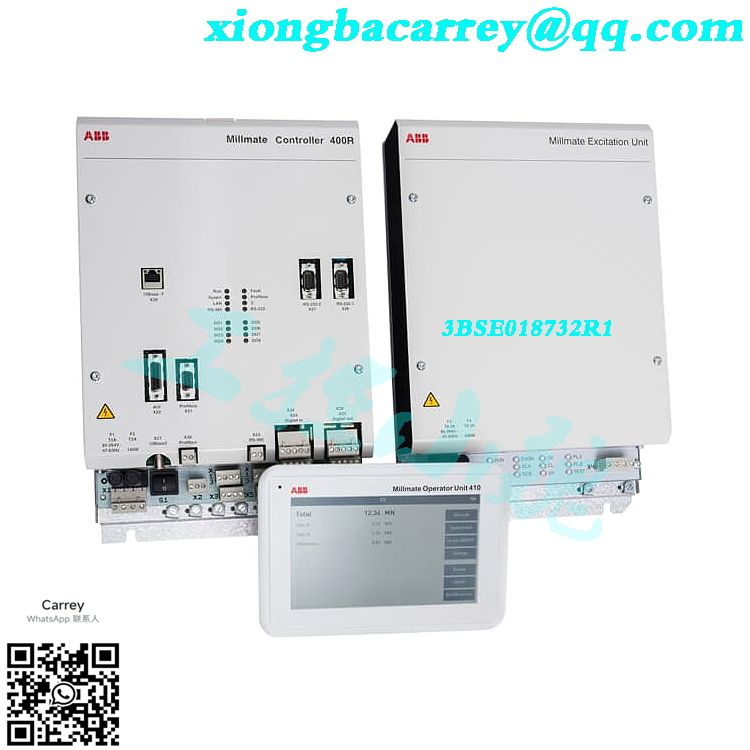
Setting mode: Press the “SET” button to enter the setting mode. A series of numbers will be displayed on the screen, indicating that the device has entered setup mode.
Calibration program: Press the “%” button, the device will automatically enter the calibration program, and adjust internal parameters based on the measured tension value.
Save parameters: Press the “SET” button to save the set parameters and return to normal working mode. When the device is in normal working mode, the measured tension value will be displayed on the screen. If it exceeds the set range, the device will automatically adjust the parameters.
Change parameters: When the device is running, if there is a need to change parameters, you can press the “SET” button to enter the setting mode, change the corresponding parameters, and save to return to normal working mode.
During use, the following points should be noted:
Avoid overload: Avoid exceeding the maximum tension that the tension amplifier can withstand to prevent overloading or abnormal vibration of the coating machine transmission system.
Prevent interference: Pay attention to preventing equipment from being affected by external factors such as temperature changes and electromagnetic interference, especially in high-temperature environments or near strong magnetic fields. Strengthen equipment protection and protective measures.
Check the circuit: Before calibrating and adjusting the tension amplifier, it is necessary to first check whether the circuit is normal, including whether the power supply voltage is stable, whether the power switch is turned on and off normally, and whether the signal transmission cable is in good condition.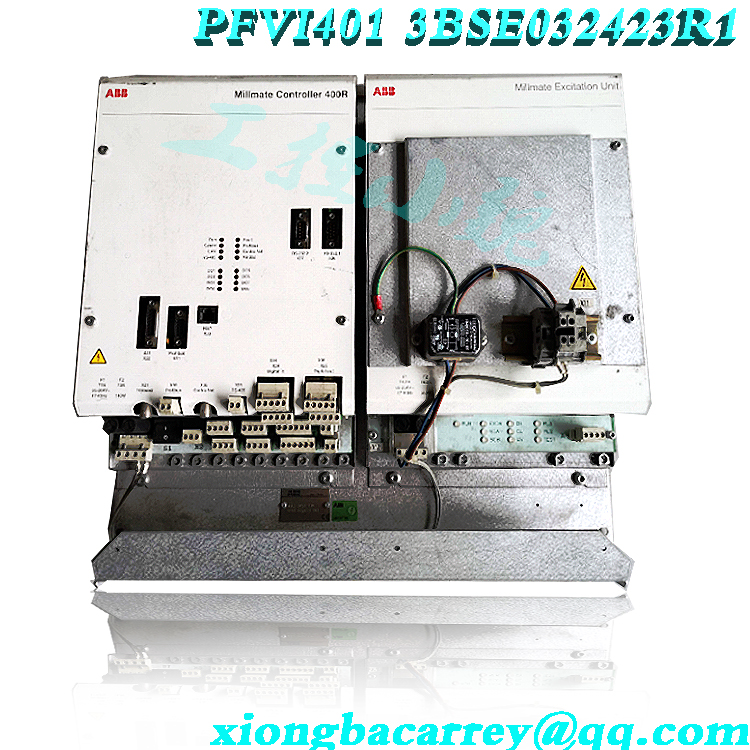
3BSE029997R1 tension amplifiers are widely used in force measurement and control systems in engineering and scientific fields, especially in material testing, medical health, and process control. For example, in the testing of materials such as metals, plastics, and rubber, it is often necessary to use tension amplifiers to measure and record information such as tensile load, bending load, and compressive stress of the materials. In the medical field, tension amplifiers are also widely used. For example, when implanting plant stents in the body, tension amplifiers can help ensure uniform tension of the stents and help doctors evaluate the stability of the stents in the body. In the manufacturing process, tension amplifiers can help operators grasp important parameters of product production, so as to adjust the production process in a timely manner.
All products on this website are special products, and market prices have been fluctuating,
The specific customer service quotation shall prevail, as the product is a new product and the price is not genuine,
Please confirm the model, product, price, and other detailed information with customer service before placing an order. The website has been used,
The new one is for sale, please contact customer service to communicate.
Model recommendation:
PFEA111-20 Tension controller
PFEA111-20 3BSE050090R20
PFEA111-65 3BSE028140R0065
PFEA111-65 Tension controller
PFEA112-20 Tension controller
PFEA112-20 3BSE030369R0020
PFEA112-20 3BSE050091R20
PFEA112-20 3BSE050091R20 3BSE030369R0020
PFEA112-65 Tension controller
PFEA112-65 3BSE030369R0065
CI867AK01 3BSE043660R1
CI873K01 3BSE058899R1
CI535V26 3BSE022161R1
PFSA103B 3BSE002487R1
CI869K01 3BSE049110R1
More……


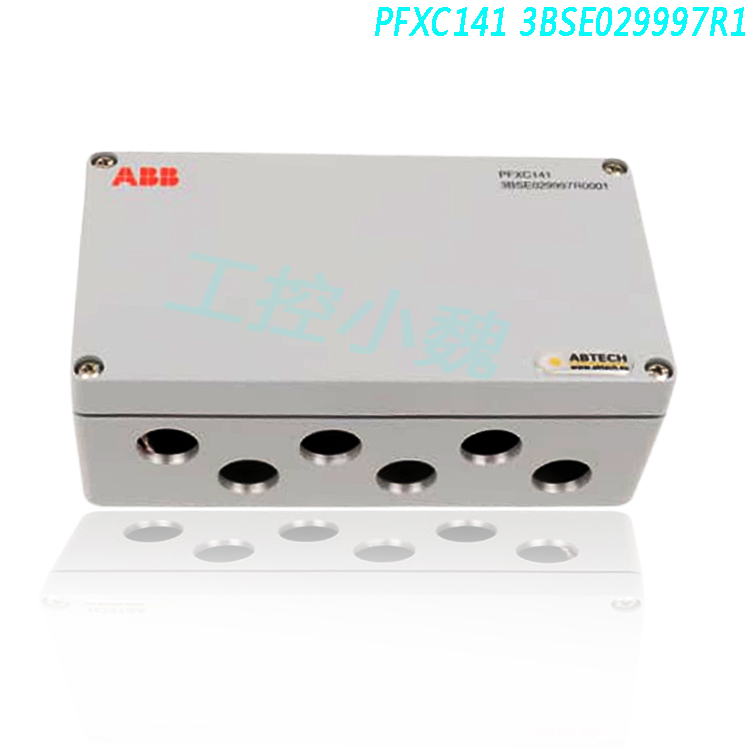
.jpg)
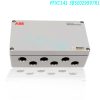
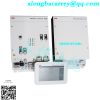
-100x100.jpg)
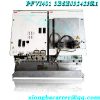
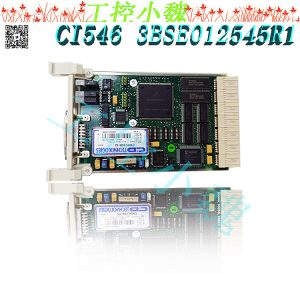
-300x300.jpg)
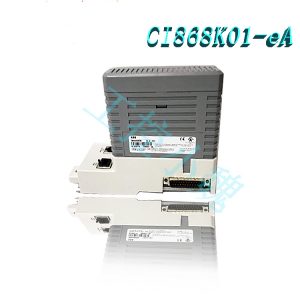
admin –
ABB has many years of experience in installing load sensors in various rolling mills, covering almost all possible rolling force measurement applications with various types and wide load ranges. In order to obtain the best measurement results, certain basic rules must be followed when installing the load cell: the entire force must pass through the load cell. The measured force must be as close as possible to the force source (roll gap). The load cell must be protected to the greatest extent possible from the influence of large bending,
admin –
3BSE029997R1 tension amplifiers are widely used in force measurement and control systems in engineering and scientific fields, especially in material testing, medical health, and process control. For example, in the testing of materials such as metals, plastics, and rubber, it is often necessary to use tension amplifiers to measure and record information such as tensile load, bending load, and compressive stress of the materials. In the medical field, tension amplifiers are also widely used. For example, when implanting plant stents in the body, tension amplifiers can help ensure uniform tension of the stents and help doctors evaluate the stability of the stents in the body. In the manufacturing process, tension amplifiers can help operators grasp important parameters of product production, so as to adjust the production process in a timely manner.